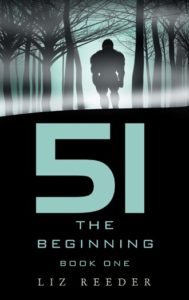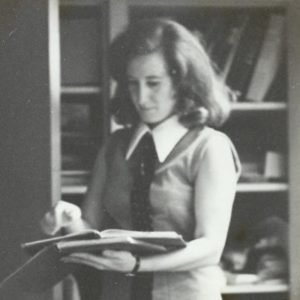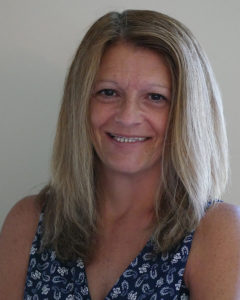The following are the words of Liz Reeder, Archway Publishing author of “51: The Beginning.” For more information on Liz, visit her website or find her on Facebook and Twitter. Download the Archway Publishing free publishing guide for more information on our supported self-publishing services.
From Hating Writing to Author
 I was never a writer. Growing up I hated to write. When I was in school I would write the least amount possible to still get an A on the assignment I had been given. That all changed in September of 2016.
I was never a writer. Growing up I hated to write. When I was in school I would write the least amount possible to still get an A on the assignment I had been given. That all changed in September of 2016.
In September of 2016, I was struggling with chronic illness and pain. I needed to find something I could do to distract myself from what was happening and feel productive again. That is when I had the idea for my first book, which I wrote in under three weeks. When I finished that book, I felt like it wasn’t done. That led to me writing a five book series in under eleven months. Continue reading









